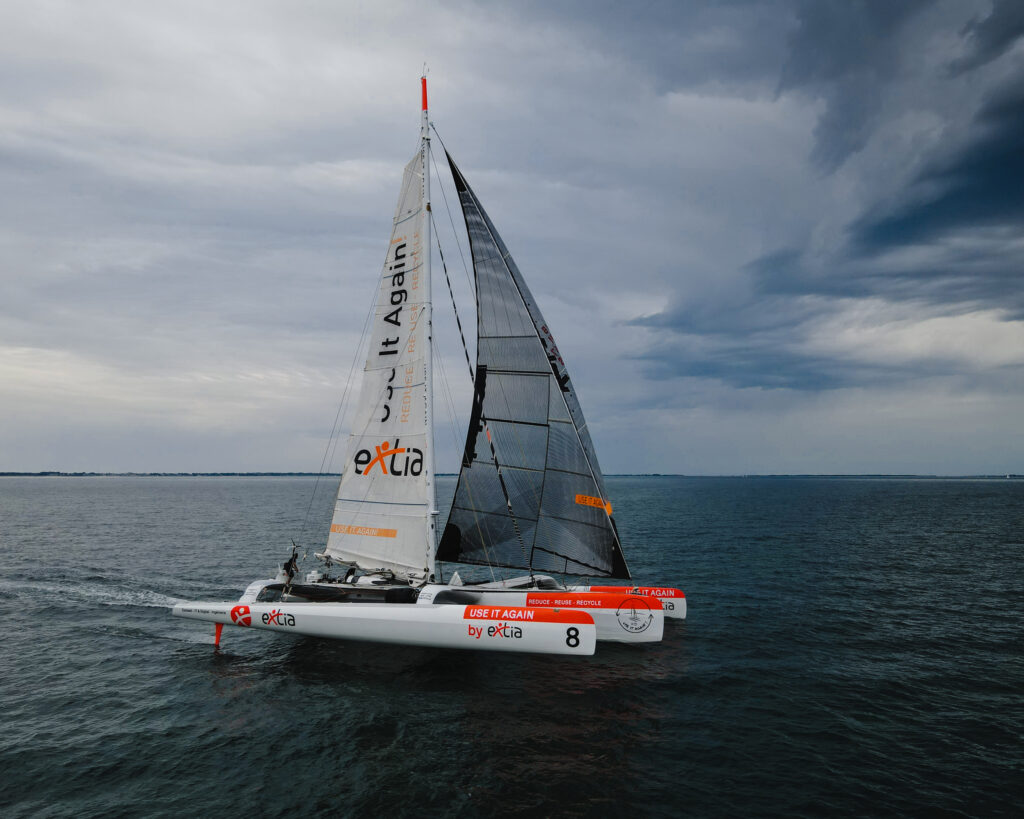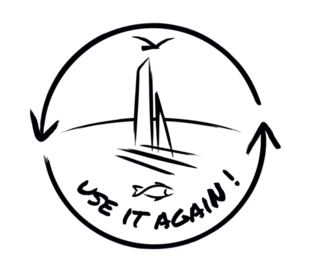ROUTE DU RHUM – DESTINATION GUADELOUPE, A LEGENDARY EVENT.

Departure : The 6 November at 2:00 p.m. ba27a9-a449-43a9-a85d-7ea1b61639dd (Island and Vilaine)
Arrival: Pointe a Pitre (Guadeloupe)
Number of miles: 3,510 in which across the English Channel and the Atlantic
Course marks: Cap Fréhel buoy to leave to starboard, Guadeloupe island to go around and leave to port, Tête à l’Anglais islet to leave to port and Basse-Terre buoy to leave to starboard.
Temps record : Francis Joyon (Idec) in 7 days 14 hours 21 min 47 s.
2th participation for Romain Pilliard.
The mythical Route du Rhum, created by Michel Etevenon in 1978, celebrates its 44th anniversary this year!
All the greatest sailors have hung their names on its prize list, but the very essence of La Route du Rhum is to welcome all profiles of offshore racing, professionals and amateurs alike.
“My first real memory is Laurent Bourgnon’s second victory. He showed incredible mastery and above all he marked a renewal, a communicative dynamic. It was 1998 and that's when I really wanted to sail. Since then I secretly dreamed of it. My first participation in 2018 was not easy because I had just put my boat in the water but once the finish line was over, I already knew that I wanted to come back to this event » Reveals Romain Pilliard.
The 12th edition is already shaping up to be exceptional with 138 solo sailors entered – a memory – divided into six main classes: Ultimes (8 boats), Imoca 60 feet, Multi50, Class40 and the two Rhum classes, monohull and multihull.
1/ Be careful at the start!
Although the route of La Route du Rhum is 3,510 miles, for most skippers, the start phase remains one of the most delicate passages of the event. With 138 boats entered and hundreds of spectator boats on the water, caution will be required.
2/ Four days under high tension…
Here again, over the editions of La Route du Rhum, history has proven that leaving the English Channel and crossing the Bay of Biscay are often trying for boats and sailors. At this time of year, depressions follow one another, generating strong winds and heavy seas.
Cargo ships, fishing boats, maritime traffic is also very dense on this part of the route which will require constant vigilance.…
3/ Have fun
Once clear of Cape Finisterre, the sailors will finally have some respite and will be able to free themselves. The challenge will then be to find the route that will allow them to catch the famous trade wind as quickly as possible, this downwind that will take them to Guadeloupe.



